Homegrown History
As I begin my final year of high school I think it’s pretty epic that I had the chance to learn about the history of the place I’ve lived, learned, and played in for the past 9 years of my life.
I have wondered often in my time here what it would be like to have grown up in Deep Cove. How living in the little community for a lifetime would change one’s worldview and perspectives of the place that they live in, or if people really know much about it at all. This project has given me the chance to enhance the knowledge of tourists, locals, and myself about the beautiful little community we call Deep Cove.
This was our Driving Question for Marking History:
“How can we as historians uncover and share stories about our community?”
For this project, we were trying to create a walking tour of Deep Cove, with different physical markers to lead to further learning. We worked alongside the Deep Cove Heritage Society, who had made a walking tour years previous that we offered to help update and expand.
We started by looking at the original Deep Cove Walking Tour pamphlet, which had
already included many stops that we could cover in our walking tour. My assigned location for my historical marker was that of Deep Cove Road and Mt. Seymour Parkway, the two main roads that lead into the Deep Cove area. On the corner where these two roads meet are a collection of stores known as the Cove Cliff Shops, and across the street from them is the land where the Moore family (owners of the first shop in Deep Cove) built a second store and homestead after the original ones were lost due to bankruptcy and fire in the mid 1930’s.
For this project we decided it would be best to create two platforms to share our information on, Number One: The Google Map, and Number Two: The Pamphlet.
The Google Map
The google map is a digital walking tour that includes all of our stops each with:
- A 100-300 word description of our Historical Marker
- A Digital Read-through of our 100-300 word description
- A Digital Enhancement
My digital enhancement was a podcast discussing the history of Our Main Roads (hence the title of my Historical Marker, #18), and what they have been used for throughout Deep Cove’s historical timeline.
The Pamphlet
I was on the team that worked on the pamphlet, I was one of the text editors alongside Lucy Whitmore. For the pamphlet, we didn’t have as much room for the explanatory descriptions for our markers, so our descriptions had to be 50-100 words maximum. It was Lucy and I’s job to get the descriptions from each person’s marker and make sure they fit into the word count and made sense. By the time we were done with them, everything fit perfectly.
This was my 100 word description:
Stand on the corner of Mt Seymour Pkwy and Dollarton Hwy and look up the hill at the houses. John Moore and his family lost their home and store, which was the first in Deep Cove, due to financial troubles in the 1930s. In 1935, John Moore bought a few lots on the land that is now on the corner across from Central Motors for $50 each. He built a new house and store, which did very well this time around. Now, the land has been converted to housing to support the growth of the Deep Cove area.
Short, sweet, and informative. That’s what we were aiming for.
 The pamphlet did not include our Digital Enhancements directly, but we found a way to integrate them using QR Codes on the back of the pamphlet that leads to the DCHS website, PLP website, our Cited Sources, and the Digital Walking Tour. It also includes a map, alongside our 50-100 word descriptions.
The pamphlet did not include our Digital Enhancements directly, but we found a way to integrate them using QR Codes on the back of the pamphlet that leads to the DCHS website, PLP website, our Cited Sources, and the Digital Walking Tour. It also includes a map, alongside our 50-100 word descriptions.
Competencies
I have touched on a few of the competencies thus far into the post, but I’m going to be a bit clearer with them now. We had three main competencies to focus on in this project: Consider Historical Perspective, Writing and Designing Text, and Using Resources. Here’s how I completed these competencies…
Consider Historical Perspectives
For this competency, we were asked to include two perspectives into our historical markers. At first I wasn’t sure how this was going to be possible at all. While there 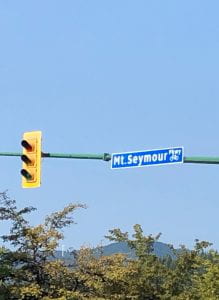 is a fair amount of information on Deep Cove’s history, not a lot of it covered more than one perspective at a time. And then I realized: Historical VS Modern perspectives count too. So, as best as I could I integrated these two perspectives into 100 words for our pamphlet, and 250 words for our Google Map. The historical perspective for my marker was the story of the Second Moore Store and Homestead and how they came to be, and my modern perspective was the Cove Cliff Shops and how they started versus how they are used today.
is a fair amount of information on Deep Cove’s history, not a lot of it covered more than one perspective at a time. And then I realized: Historical VS Modern perspectives count too. So, as best as I could I integrated these two perspectives into 100 words for our pamphlet, and 250 words for our Google Map. The historical perspective for my marker was the story of the Second Moore Store and Homestead and how they came to be, and my modern perspective was the Cove Cliff Shops and how they started versus how they are used today.
Writing and Designing Text
As mentioned a few times prior, we had to do a lot of writing for this project, and we had to do a lot of cutting down too. We had to pick what we considered the most important and relevant pieces of information to include in our text, and make sure that it fit into 100 words. It was a challenge for sure, but I think the work done to complete this competency was done efficiently and came to an end with a good quality product.
Using Resources
The Using Resources competency for this project can be found simply in the amount of MLA formatted sources we have cited on the back of our pamphlet. The sources I used most in this project were that of Echo’s Across The Inlet and Echoes Across Seymour, which are two key places to find historical information about the Deep Cove area. The books were written by Deep Cove Heritage Society members and published in 1989 and 2012 respectively. It had been quite some time since I used a book for research, and these ones were easy to navigate and understand which was super nice. By the end of the project, we had a solid collection of sources both individually and as a class, allowing us to create the document attached to our Pamphlet. I think the people who collected our citations did an excellent job (especially since I know how hard they worked to make it happen).
Conclusion
This project was a lot of fun to do. There has been a lot of change and craziness that has happened in the past couple of months and it was nice to approach the new school year (the final school year) with a project that was close to home and personal. It’s nice to be able to know the history of where you live and why it is the way it is.
I leave you now with this: if you don’t know much about where you come from, do some research as best you can. You deserve to know your history.
Acknowledgements
I would like to acknowledge that Deep Cove resides on the unceded territory of the Coast Salish peoples, including the territories of the Tsleil Wututh, Squamish, and Musqueam Nations.
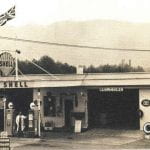
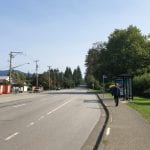

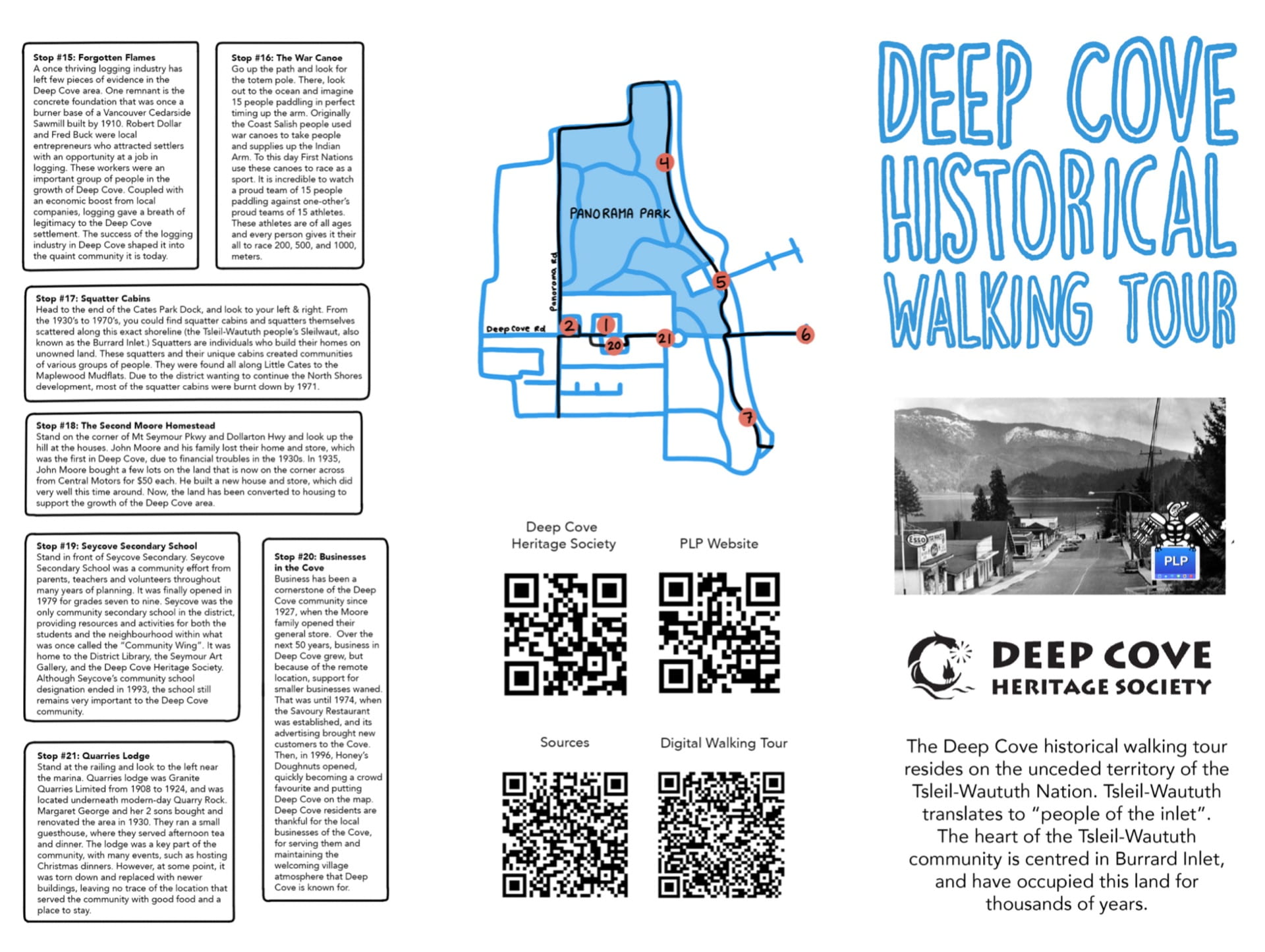
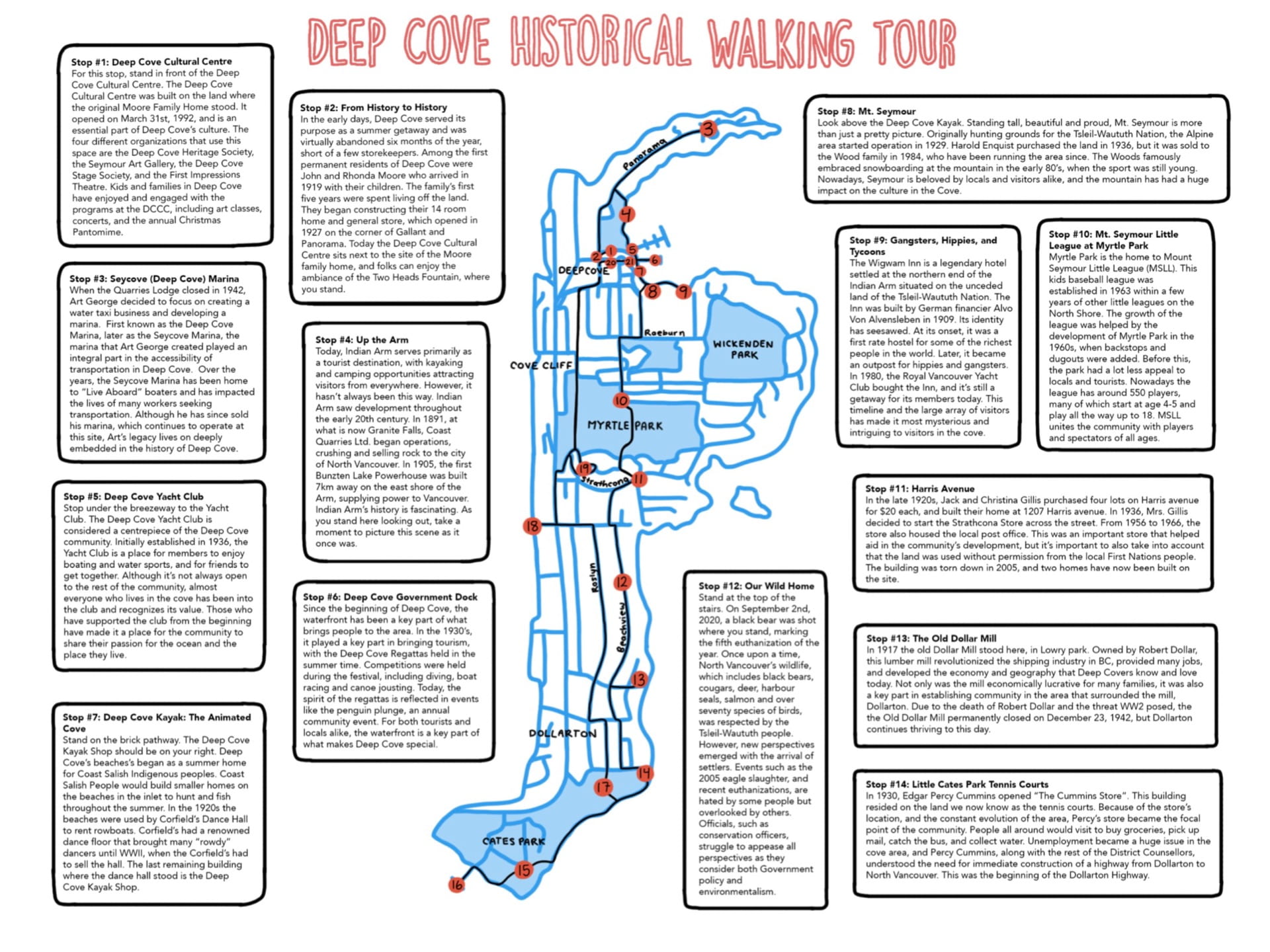

This is a great reflection of your process through this project, what you created, and how you feel you understood the competencies! (great acknowledgement at the end here too!)
Great focus on past and present footsteps on this land!